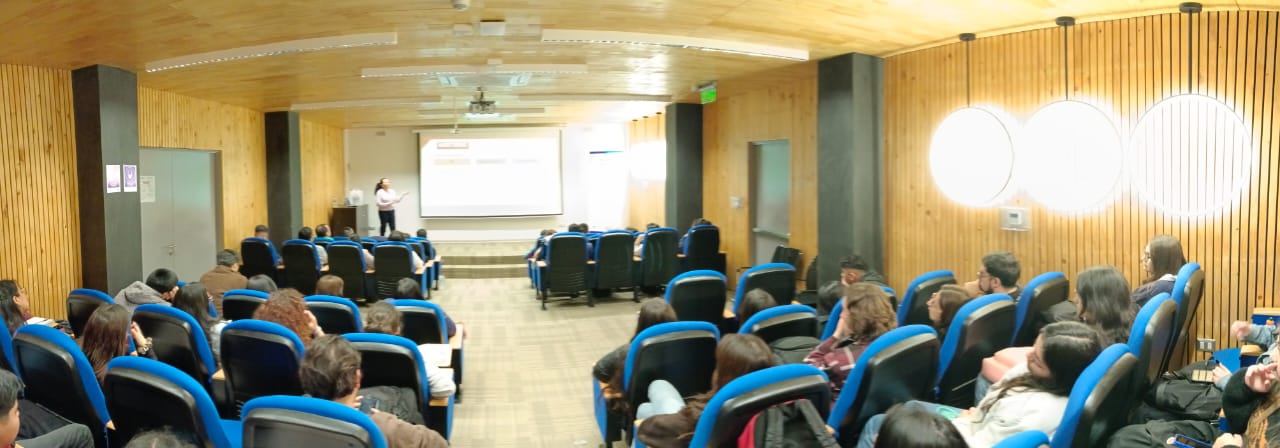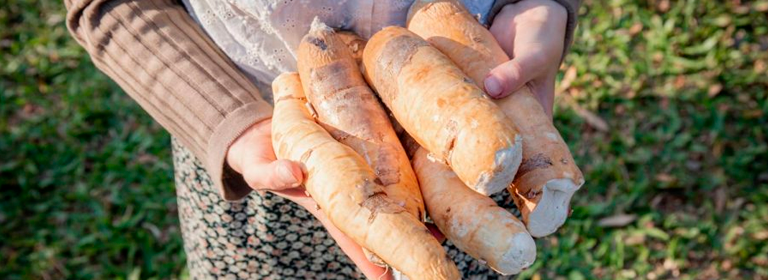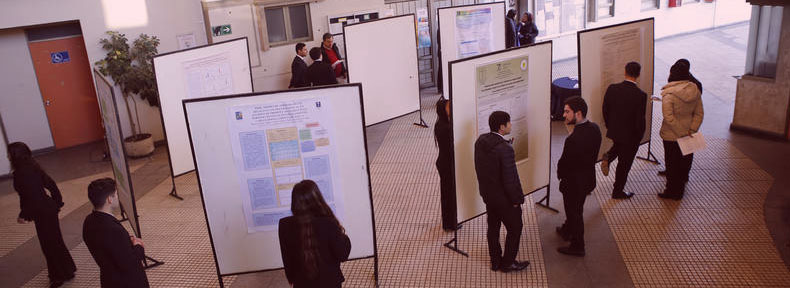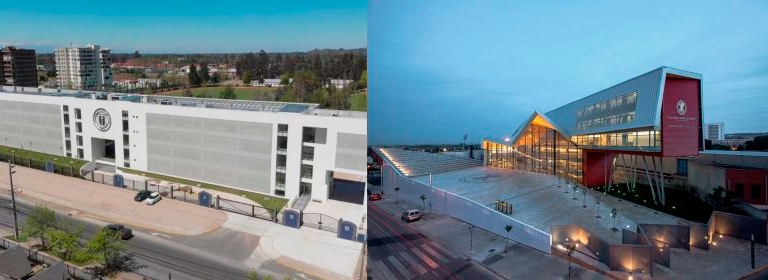A Colombian engineer, who is doing an internship at the Universidad Católica del Maule, focused her doctoral thesis on the metabolic capabilities of a bacterium capable of producing bioplastics using cassava starch as a carbon source.
 A new ally in the battle against pollution has been discovered by a Colombian student, who is doing an internship at the Universidad Católica del Maule (UCM). According to her doctoral thesis, cassava starch could replace synthetic polymers used in packaging material.
A new ally in the battle against pollution has been discovered by a Colombian student, who is doing an internship at the Universidad Católica del Maule (UCM). According to her doctoral thesis, cassava starch could replace synthetic polymers used in packaging material.
«Because of its versatility, plastic is useful for many things in our daily lives. It offers convenience and it is cheap, but it leaves us with hundreds of tons of waste annually. An alternative replacement are polymers that are biologically compatible and, above all, biodegradable,» explained engineer Martha Ascencio, a doctoral student at the Universidad del Valle, located in Cali.
«The process of replacing conventional petroleum-based plastics faces several hurdles. One of the obstacles is the cost. With my metabolic model, we want to overcome some of these barriers that prevent large-scale production. To minimize costs, we can use alternative substrates, which can be agro-industrial waste,» said the UCM doctoral student in translational biotechnology, during a seminar organized by the campus.
«Cassava starch is an abundant and fairly inexpensive source of carbon, so then it is an option for the development of degradable biofilms or as a raw material for a packaging film,» she said.
Another ecological, scalable, and effective solution is being sought after by Argentine biotechnologist Camila Safar, in her doctoral thesis on the biocorrosion of metals. She is exploring bioinformatics tools to tackle corrosion associated with sulfate-reducing microorganisms to inhibit the deterioration of materials.
«There are biofilms that are generated by the settlement of microorganisms, mainly bacteria, but there can also be fungi, yeasts, and larger organisms, which create an extracellular matrix that is like a kind of cement, which adheres them to the surface. This deposit causes corrosive damage to metals. To prevent the formation of biofilm, there are different mechanisms, such as inhibiting the communication of these microorganisms so that they do not form communities. Also, for example, some type of material could be generated to coat the surface and thus prevent early adhesion and the settlement of these bugs,» said the doctoral candidate from the National University of La Plata during the seminar.
In their internships, Safar and Ascencio have the support of Sara Cuadros, PhD in Food Sciences, and Rodrigo Andler, PhD in Biotechnology, both academics from the Faculty of Agricultural and Forestry Sciences of the Maule institution.













